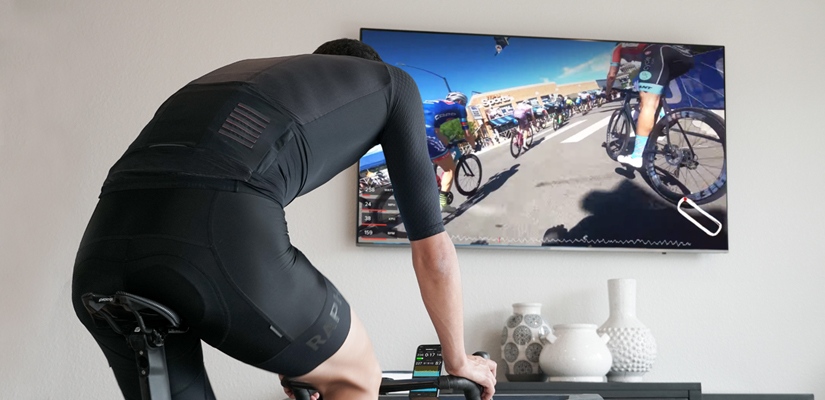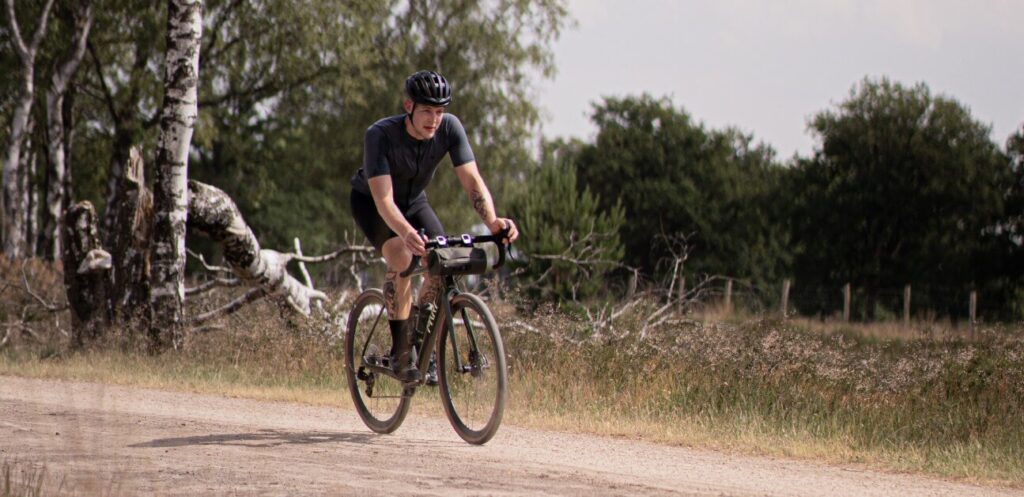How To Choose The Right TrainerRoad Training Plan to Start Your Season

Are you feeling nervous or hesitant about starting a training plan? It’s totally understandable, especially if you’ve been off the bike for a while and feel out of shape. Or maybe you’ve never tried structured cycling training at all, and you aren’t sure where to start. If either of these describe you, you’re not alone, and we’re here to help.
Key Takeaways
- No matter your current level of fitness, you’re ready to start a training plan. You don’t need training to train.
- Plan Builder is the easiest way to plan your season, up to two years in advance.
- If you don’t use Plan Builder, always start your season with base training. We recommend Sweet Spot Base for the vast majority of cyclists.
- Training volume is a crucial variable. We recommend low or mid-volume plans for most busy athletes; you can always add extra workouts.
- It can be tough to find motivation initially. Push through the first few weeks and establish a routine.
You Don’t Need Prior Training to Train
Let’s start with the most important point- no matter who you are, no matter your current fitness, and no matter your level of experience, you are ready to start getting faster. You don’t need any prior training to train.
TrainerRoad’s training plans meet you wherever you’re at, in two important ways. First, the intensity of every workout is matched to your abilities. A Ramp Test at the beginning of each training plan quickly assesses your fitness, and Adaptive Training further analyzes your abilities to ensure your workouts are productive and sustainable. And while your early-season Ramp Test results and Progression Levels probably won’t break any records, that’s ok. Take it as a sign that you’re well-rested and ready to start getting faster.
The second key to matching training to your ability is the design of the training itself. We’re big fans of a 3-phase approach, which divides your season into Base, Build, and Specialty phases. This method starts your season with comparatively easy workouts that develop your aerobic system, and it gradually increases intensity and specificity as the season progresses. It’s a proven, long-term strategy that makes you a more effective and resilient athlete.
Choosing a Training Plan
Knowing you’re ready to start training is encouraging, but picking an appropriate plan can still be a daunting task. So what TrainerRoad training plan should you choose to start your season?
Use Plan Builder
The easiest way to pick a training plan is to let TrainerRoad do it for you with Plan Builder. Think of Plan Builder as a digital version of our head coach Chad Timmerman, distilling his wisdom and experience into a flexible, easy-to-use tool that automatically designs your custom training plan up to two years into the future.
We trust Plan Builder so much that we use it ourselves, and we recommend it for every athlete. But maybe, for whatever reason, you don’t want to use Plan Builder and you’d rather schedule your season yourself. What training plan should you choose then?
Adaptive Training
Get the right workout, every time with training that adapts to you.
Check Out TrainerRoadStart Your Season With Base Training
No matter your starting point, you should begin your season with base training. Base training consists of relatively low-intensity workouts that develop aerobic fitness and establish muscular endurance and sustained power capabilities. The fitness developed during base training serves as a foundation for more intense efforts in the coming months, and the more robust your aerobic base the higher you’ll be able to push your fitness as the season progresses.
TrainerRoad offers three main variations on the base phase. Triathlon-specific base training plans include running and swimming and are the best option for triathletes. But cyclists have two proven approaches to choose from: Sweet Spot training and Traditional Base. We recommend Sweet Spot Base for the vast majority of athletes, but let’s consider the merits of each.
Sweet Spot Base
By convention, base training is associated with many hours of long, easy rides that slowly build your aerobic fitness. Sweet Spot Base plans incorporate a mix of slightly higher intensity workouts that achieve a similar aerobic effect, with a drastically reduced time commitment. For most amateur athletes with busy lives and limited training time, it’s the most time-effective method of base training.
Sweet Spot Base has other advantages over Traditional Base. The workouts are more varied than just long easy spins, and they immediately help develop fitness beyond aerobic endurance. If you’re interested in entering some early-season races or group rides, Sweet Spot Base can help prepare you for these efforts quite effectively.
The only major downside of sweet spot is its comparative challenge. Sweet spot training is more intense than more conventional base training, so some sweet spot workouts demand considerable focus and grit to complete. But Adaptive Training ensures it won’t outpace your ability, and for the majority of athletes it’s the approach we recommend.
Traditional Base
As its name suggests, Traditional Base follows a time-tested, long and slow approach to base training. This is the method most pro riders employ, but if you’re a working athlete with commitments off the bike, it’s probably not the best approach for you. This is because Traditional Base requires an enormous time commitment, and unless you have ten or more hours available each week to train Sweet Spot Base is likely to be more effective.
An upside of traditional base is that the workouts are low-intensity and easy to sustain, but this can also make them somewhat monotonous. Another consideration is that Traditional Base almost exclusively addresses the aerobic system, and isn’t likely to equip you with much speed for early season races. However, if you’re recovering from injury and want to avoid intense rides, or if you have unlimited time available to train, Traditional Base can be worth considering.
Pick a Sustainable Training Volume
The last important consideration for starting your training season is volume. All TrainerRoad plans are offered in Low, Medium, and High-Volume versions, and there are important differences in each that you should consider.
Low volume plans normally consist of three intense workouts per week, which for Sweet Spot Base works out to about 3.5 hours each week. By comparison, mid- and high-volume plans add additional aerobic workouts, requiring around 6 and 10 hours per week, respectively.
Choosing a training volume involves more than just considering how much time you have available. While higher volumes and more workouts can be beneficial for some athletes, it’s easy to overdo it, so we recommend you follow the principle of minimum effective dose. Choose a low or mid-volume plan unless you have lots of experience and know your body can handle high training loads. Plan Builder does this for you, recommending a volume based on your recent training history. You’re always better off adding workouts to a low-volume plan than skipping workouts at high volume. TrainNow is an easy way to add workouts that are intelligently matched to your abilities.
Get To Work
Once you’ve chosen a plan and volume, the only thing left is to actually get started. We all find it hard to get motivated for the first few workouts of each season, so make the process as easy as possible. Developing a routine helps maintain consistency, and that’s the real key to getting faster. It’s time to get to work.

